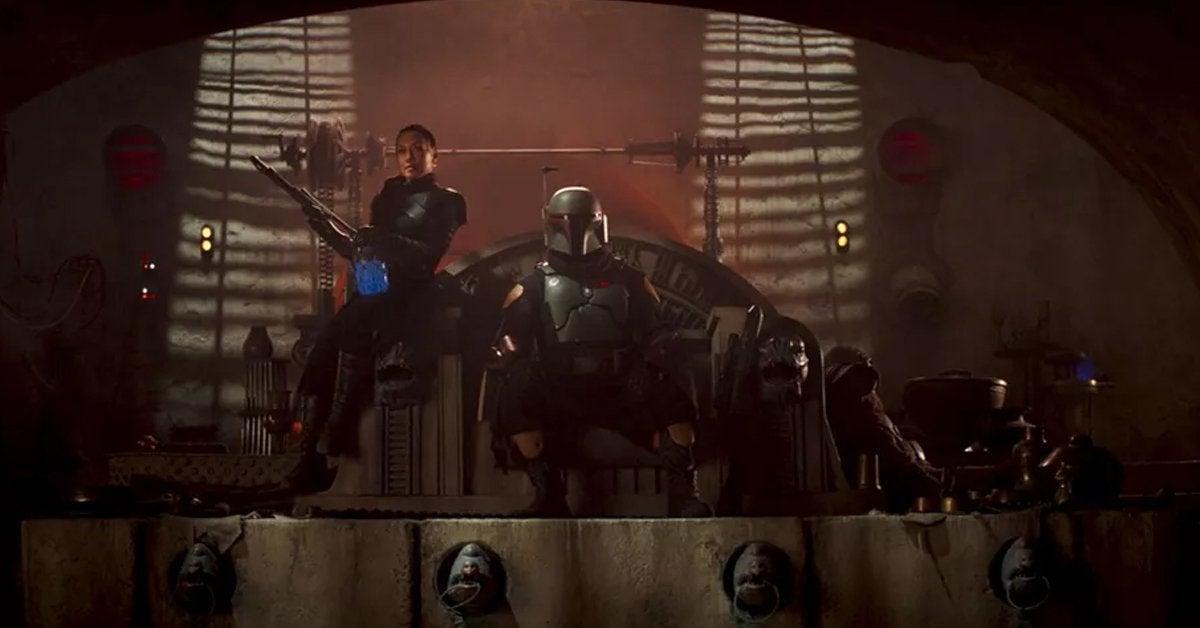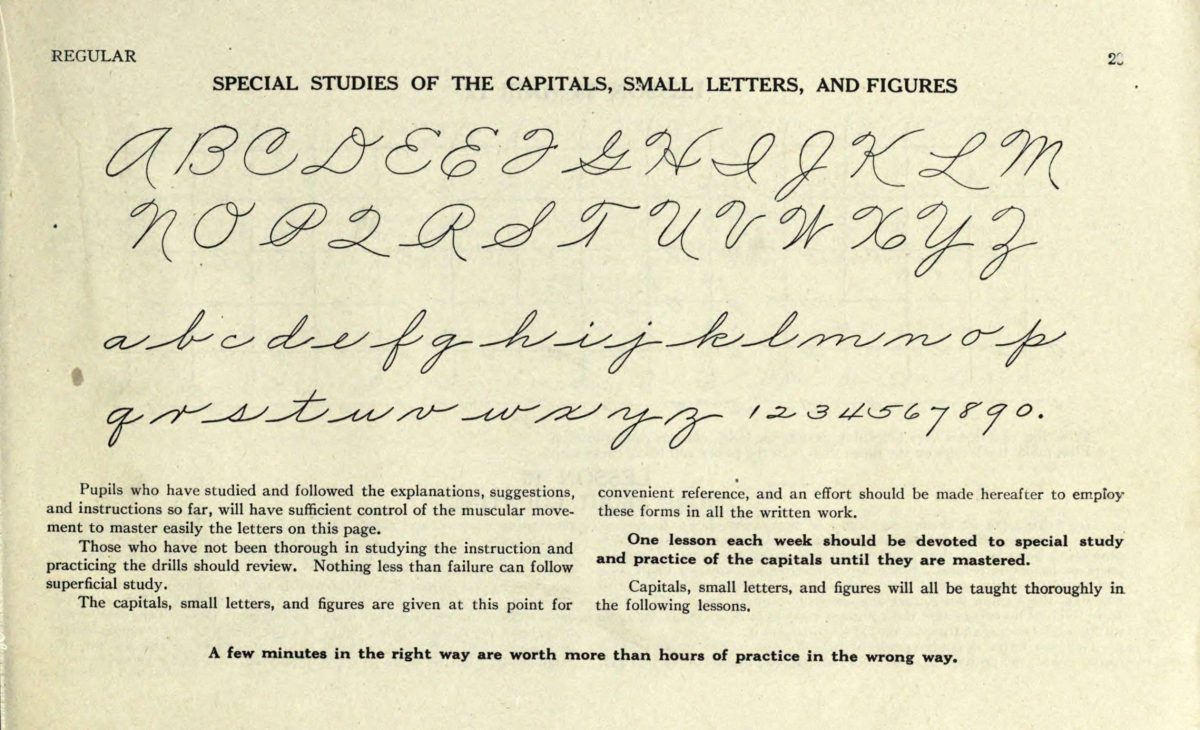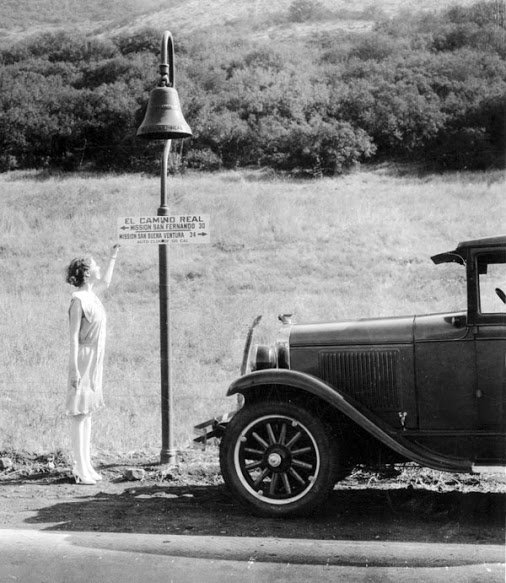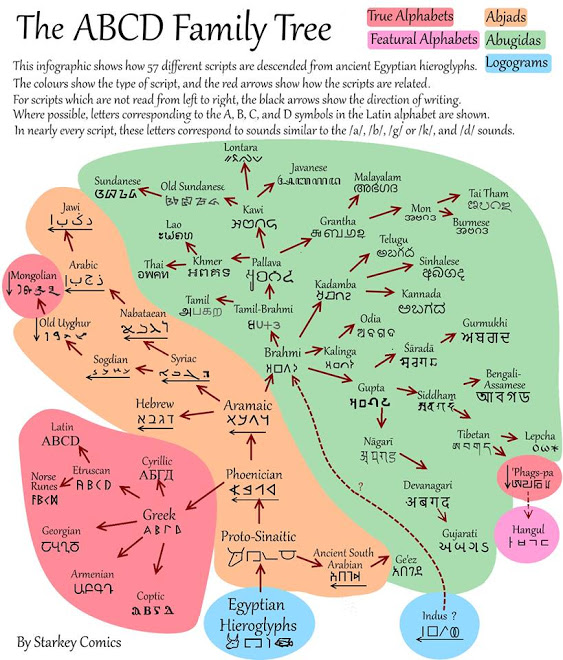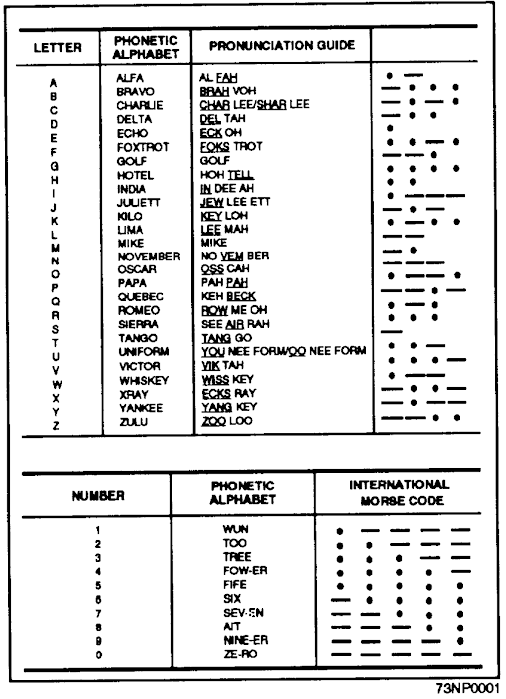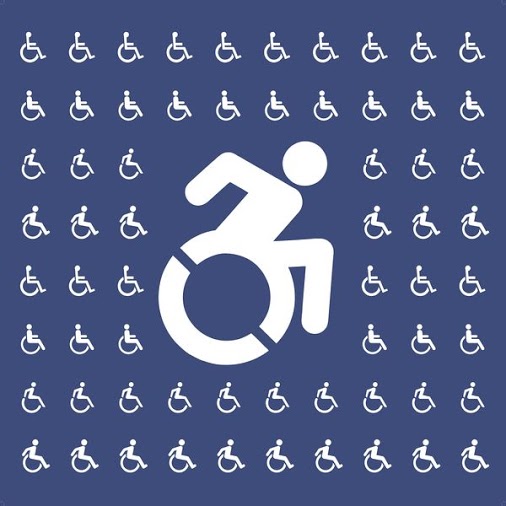So … The Book of Boba Fett.
Sigh.
YES THERE ARE SPOILERS HERE FOR THE SERIES, AND BITS AND BOBS OF THE FINALE. YOU SHOULD WATCH IT FIRST (YES, YOU SHOULD, EVEN IF IT HAS SOME SIGNIFICANT FLAWS).

This was a marvelous, stirring, my-younger-fanboy-would-disbelieve-we’d-ever-see-it collection of incredibly cool, thoughtful, interesting, thrilling, exciting, lore-filled, great bits and ideas …
… that were greater than the eventual sum of their parts.
To start bluntly, dramatic pacing on this show was for shit. Backflashes and presentflashes and huge sidequests and where-the-hell-is-the-titular-character chunks of story dominated the whole series. Loading down the saga with backstory and exposition can be done … but it has to pay off. And inserting massive peripheral tales that have nothing to do with the core narrative would rightfully have any writing group pulling out the torches and flensing knives.
Hey, know that graph of how a novel is structured? Essentially a cascading series of rising actions, ending in a big climax and then a denouement?
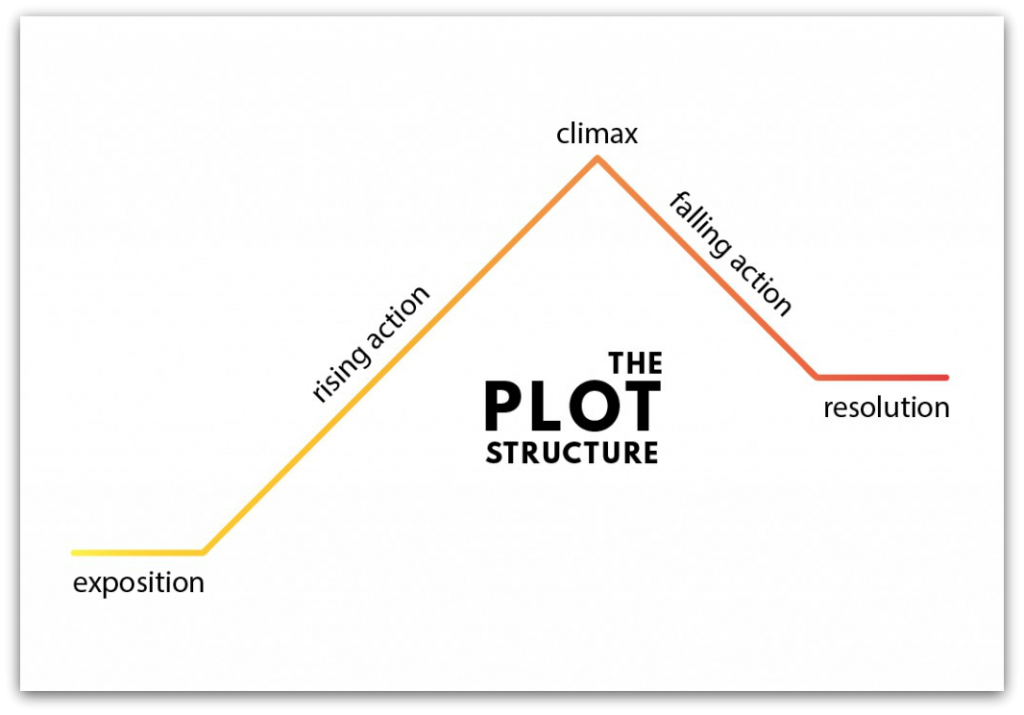
This series was just a constant stream of static.

Slow moments. Fast moments. Small moments. Big moments. All thrown into a blender with no actual pacing, aside from the Disney+ “The final episode will be full of pew-pew-pew action.”
And even in that final episode, which was, to be sure, mostly the huge blow-out action sequence that people were looking for …
… we get interrupted mid-stream by an extended sequence of gratuitous Groguness.
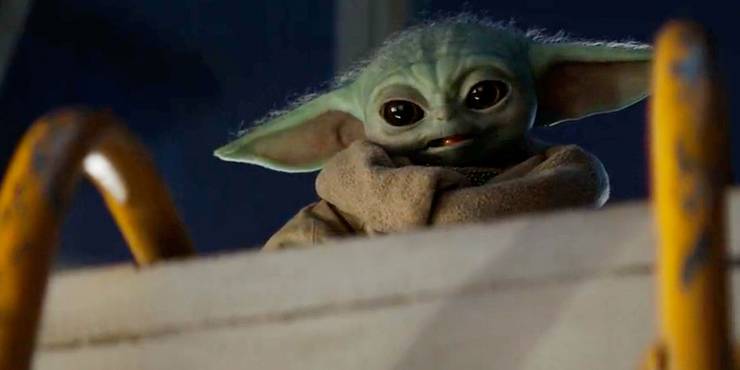
… the titular character, master of a dozen deadly weapons, spends much of his time during the big action sequences not doing much more than hanging with a (beautifully rendered) CGI figure, yanking on chains.

… the denouement is an utterly flat collection of much of the cast, and then some meaningless Mando stuff, and then a mid-credit scene of a supporting character with supporting character and ROLL REST OG CREDITS.

Whu–?
(Okay, I’ll give a shout-out to the secondary characters. The Mod gang. The Gamorreans. The Freetowners. Krrsantan. The Mayor. The Mayor’s Chief of Staff. They were all finely done. But they weren’t the real focus of series, even if I’d have loved to see more of them.)
We ended up in this series spending so much time with fun stuff and cool stuff and interesting stuff and backstory stuff and lore stuff and fan service stuff that … it feels like they forgot it was supposed to maybe … be a story … nay, a book … a book of … well, let’s grab a name at random, say … Boba Fett.
I honestly don’t know if they decided halfway through the plotting that they had run out of ideas and therefore threw in a bunch of other stuff (Sarlacc! Mando! Grogu! Cad Bane!), or if there was never a story to begin with, or if this was a way of sneaking in a Season 2.5 of The Mandalorian past the Disney overseers … but …
Really, truly, the idea of …
a bounty hunter, the coolest bounty hunter (and bodyguard and button man) ever, deciding they didn’t want to work for stupid, short-sighted, inept, venal bosses any more, but wanted to become their own boss, a boss unto themselves, building something that was theirs, and in the process learned the challenges, perils, pitfalls, challenges, seduction, and ultimately oblige of power …
… that is an awesome story. And that’s what the trailer promised us.
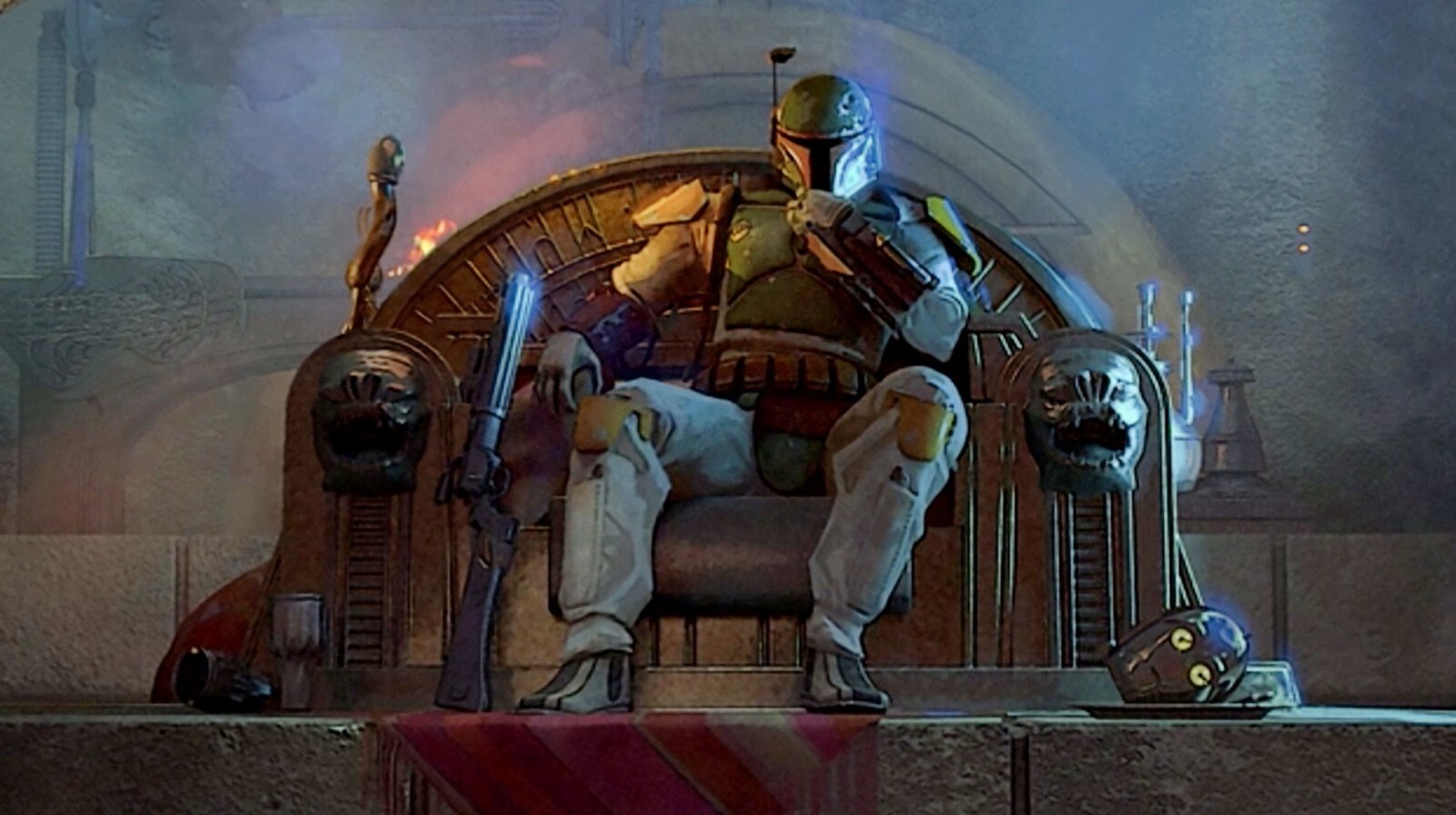
And that’s what … we got a watered-down half-a-story of, mixed up with a cloudy brew of guest figures, parallel stories, and fan-cruft.
Heck, imagine the difference if we took all that irrelevant Mandalorian time and added in some internal conflict to the Boba Fett story.
For example, Fennec Shand repeatedly bumps heads (if lightly) with Boba Fett about taking a more forceful, bloody, and criminal course of being a mob boss. Hey, Spice is profitable! That could have given us some real conflict. Is she going to argue when he says, “No”? Is she going to consider her options? Is she going to set up a side gig? Is she going to (even seem to) consider betraying him? Will the Pykes approach her, thinking she’s a weak link? Will she show she’s her own person … and ultimately make the right choice for her own reasons?
Nope. A kick-ass character and great actress, she just spends most of her time in the series giving us recaps of the situation (overlapping the “Previously” intros), nodding politely to Boba’s orders, and then being a deus ex assassin at key moments. A huge waste.

Or consider, if you wanted to drag the Mandalorian into the mix (which his own series laid the groundwork for), we could create some dramatic tension from that. Does Din Djarin really support Boba Fett’s ends (or his understanding of Boba’s ends) or is he supporting Boba, reluctantly, out of a sense honor? How far does that go? Does he protest Boba’s course? Does he actually show that possible internal conflict? Conversely, does Boba Fett really trust him? Does his see how his own sense of honor/obligation lines up to Mando’s? What do these two characters have in common, and where do they have differences, and how can we let that actually drive some drama between them?
Nope. Instead, we get “I am Lawful Neutral, so I will follow your orders to the death.” “Dude, you really believe that?” “It is the Way.” Ho-hum.
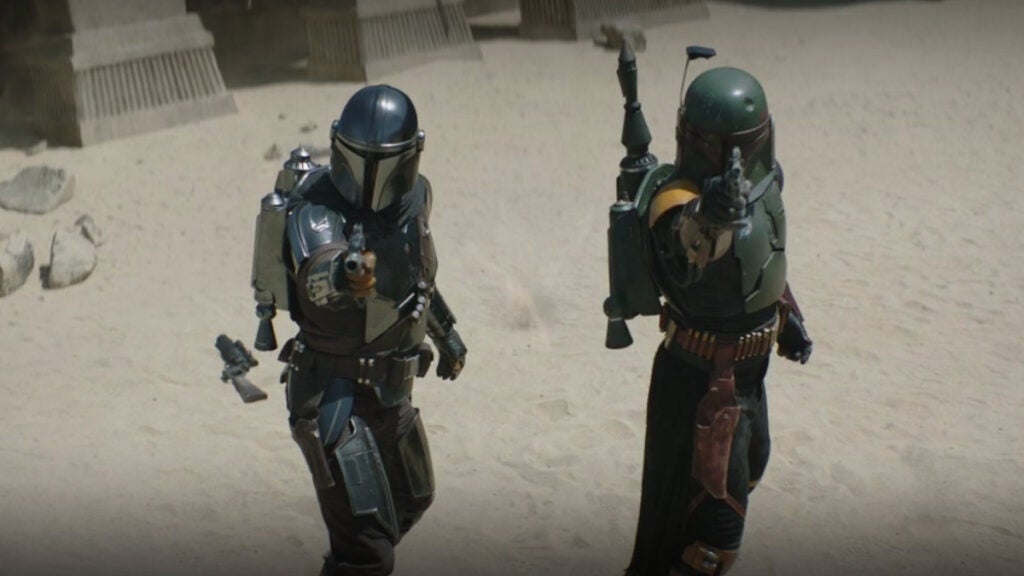
Hell, as far as that goes, even Boba Fett, the titular character, after getting a burst of character growth in the extended Tuskan flashbacks (very nicely done) … spends most of the series in an enlightened mob boss state. From the time in the present when he sits on Jabba’s throne to the end of the show … he doesn’t actually seem to grow or change. He’s the “I am the boss. I will rule with respect. I will protect my people” guy. He doesn’t get any internal conflicts, he doesn’t clash with anyone but obvious enemies, he doesn’t question his course. He just cruises along. His only challenge is a bit of naivete as to what it takes to run a city as a mob boss. That’s the only internal “conflict” he faces. Which is … a bit boring.

While the Mando 2.5 miniseries bits were a huge gimping disruption, I did enjoy them for themselves. Playing with the Darksaber (when it could do things); running into Luke, and Ahsoka, and Grogu; learning that Luke is, yeah, just like we learn in the third trilogy, going to be a Jedi dick of a teacher … all of that was informative and fun. It was all great.
And it was totally inappropriate to this series. It had nothing to do with Boba Fett. It had nothing to do with the overall gang war of Mos Espa. It was simply a bridge to (we assume) the desired starting point of Season 3 of The Mandalorian.
(It also led to some of the worst telegraphing. “Oh, hey, I, the Mandalorian, am now flying around in a Naboo starfighter, but the little dome area where an astromech droid used to go is now just an empty dome, so very, very empty, I wonder what will ever fill it …?”)

Sigh.
This series really could have been so much more. So many of the elements are beautiful. The Tuskan sequences were lovely and meaningful both for Boba and for Star Wars lore. (What? The Tuskans aren’t just blood-thirsty, superstitious wogs? Mind-blown!) So many of the figures used — the Pykes, Krssantin, Cad Bane, even call-outs to Mando bits like Cobb Vanth and Mos Pelgo and Peli Motto — were neat in and of themselves, and could have all fit into a rich Boba-focused narrative saga.
For that matter, Boba’s part of the story could have been about the conflicts he felt, his personal urges toward violence, what he learned from his time with the Tuskans, how that intersected with his vengeful motivations dating back to his father’s death, and how those drives still did (and, to his realization, didn’t) apply to the present … maybe his growing uncertainty about his reasons for taking on the role of daimyo of Mos Espa, and how that ultimately translated into his taking on responsibility for the lives of the people there.
But the show decided, for whatever reason, to try to do too much, and too little, to show some lovely lore, and to short-circuit the character growth … and ultimately turned out to be a fun-to-watch, frustrating-to-contemplate, disappointment.
I don’t regret watching any individual element, really. But I definitely consider the series, the Book, as a whole … a fail.
